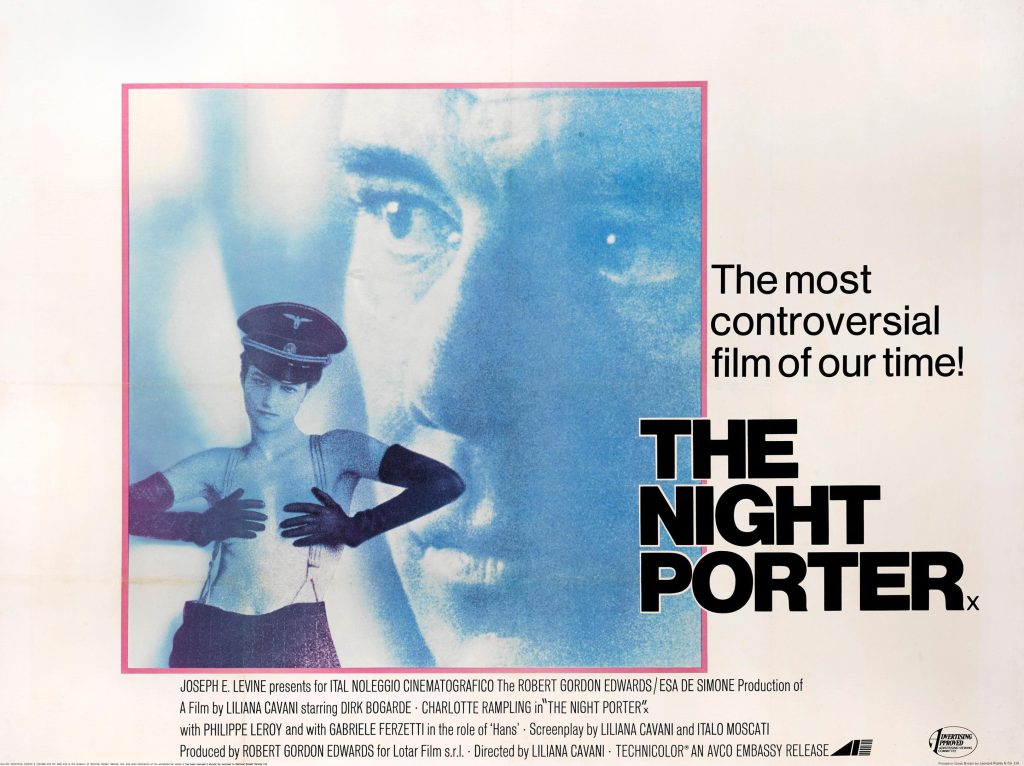In 2018, social media fragility and the internalization of fears keep people trapped, much like the subjects of George A. Romero’s Night of the Living Dead (1968) are trapped as they sift through media information while the unthinkable threatens their safety. Even though Night of the Living Dead’s characters can’t fully understand why they’re being attacked, they can indeed learn lessons from each other about the most logical approach for survival.
“I think you complain to just to hear yourself talk.”
Early on in Night of the Living Dead, poor Johnny’s self-serving logic and self-righteousness seem to make complete sense. Like many overconfident people, he’s cocksure in conversation and wants what he wants. “THIS is how the world works,” he seems to be communicating to his sister Barbra, shortly before he’s attacked by an elderly zombie wearing dirty suit pants split on the backside. Suddenly, the comedic tone turns awkward, then scary, then disturbing as Johnny face plants into a gravestone. Cue the credits sequence, right? Naw, Romero keeps going. In fact, it’s the zombie that pushes forward and pounds away on Barbra’s vehicle with her inside. From a 2018 perspective, this image is at once terrifying and reflective of how a base fear turns into a crippling fear.
Fifty years after its release, Night of the Living Dead’s racial component remains entirely relevant. The final sequence alone is worth further examination from a 2018 perspective, yet it’s important to note that Duane Jones’ Ben — the black character — doesn’t necessarily experience a “hero’s journey.” After Barbra escapes from the elderly zombie during the introductory sequence, she meets Ben and, later, some cellar-dwelling white folk, Harry and Helen Cooper. Ultimately, Ben punches Barbara square in the face during a physical confrontation. This narrative moment — full of racial, gender, and narrative implications — can’t be ignored, and the fact remains that Ben is not a “hero” — he’s a survivor with flaws that must be addressed.
In pop culture, Night of the Living Dead’s legacy is secure. But what else can we learn about ourselves and how we behave under adversity?
“Those people aren’t our enemies.”
Ben lashes out because of his internalized fear. The same goes for Harry Cooper. One man uses logic and the available media information to strategize an escape while the other avoids new information altogether. Harry locks his wife and daughter Karen in the cellar, thus internalizing his own fears even more. And while this concept — staying true to a core belief no matter what — may remind some of far-right conservatives in 2018, promoting one’s progressive ideals and logical approach doesn’t always mean one will act appropriately under pressure. For example, it’s not hard to find far-left liberals telling people to “f**k off and die” on Twitter, all the while pushing the same “end of days” narrative that really accomplishes nothing, aside from internalizing their fear, day after day, week after week. This is unhealthy behavior. With that said, it’s become normal behavior, and it’s a “tell” for people looking to manipulate those they consider weak.
Imagine that crazy Nicolas Cage performance from The Wicker Man remake (“Not the bees!”), and now think about people running from slow-ass zombies. No, not the zombies! In horror movies, the narrative ends badly when the protagonists lose focus and internalize their fears.
When internalized fears keep one obsessively focused on how the world should be, it’s easy to dismiss the practical decisions made by others who seem to represent completely different ideals. As a die-easy liberal surrounded by many loyal conservatives in Fargo, North Dakota, I can definitely relate to Tom’s telling line of dialogue in Night of the Living Dead: “Well, the television said that’s the right thing to do.” Then again, I can also relate to Harry Cooper’s preference to make what he thinks is the best decision for this family.
“Mass hysteria? What do they think — we’re imagining all of this?”
The ultimate tragedy in Night of the Living Dead is the cocksure nature of people with power — whether it’s emotional, physical, or legal — and that the vulnerable suffer because they aren’t taken seriously; there’s no middle ground to explore or discuss.
Sometimes the vulnerable are people who do the best they can with the available resources; sometimes the vulnerable are people who find temporary comfort via online bonding with people who also think the world is an awful place, and that we all must fight against one central villain.
As Night of the Living Dead suggests, there are villains everywhere, and you can’t always spot them when you’re stuck in the cellar or pointing a finger at the obvious baddie. When we’re all zombies, going through the same routine, the only thing left to do is sit in the dark and wait, I guess. We’re going to need a bigger cellar. And who’s going to tell our story then?



